Why Trump Targeted Vietnam with Tariffs—and What It Means for Global Trade?
In the past decade, Vietnam has gone from being a quiet agricultural economy to one of Southeast Asia’s fastest-growing manufacturing...


In the past decade, Vietnam has gone from being a quiet agricultural economy to one of Southeast Asia’s fastest-growing manufacturing hubs. Multinational giants like Nike, Apple, Samsung, and Hasbro have shifted considerable parts of their supply chains to Vietnam, drawn by lower labor costs, improving infrastructure, and trade-friendly policies. But while Vietnam’s economic ascent has been a success story, it’s also drawn the attention—and retaliation—of the United States.
Vietnam found itself under the crosshairs of American trade policy. While the spotlight was often on China, the Trump administration quietly imposed or threatened tariffs on countries like Vietnam as part of a broader strategy to reduce the U.S. trade deficit and protect domestic industries. But why did this happen—and why was Vietnam, of all places, targeted?
The Trade Deficit Issue: Vietnam’s Rapid Rise
As of 2024, the United States imported nearly $142.5 billion worth of goods from Vietnam, making Vietnam its 6th largest source of imports, according to the U.S. Census Bureau. In contrast, U.S. exports to Vietnam amounted to only about $19 billion, resulting in a trade deficit of approximately $123.5 billion.
Vietnam has become the second-largest supplier of apparel and footwear to the U.S. after China. Companies like Nike manufacture around 50% of their global footwear and 28% of their total production in Vietnam. Apple has also coordinated with Taiwanese suppliers to shift significant iPhone and AirPods assembly operations to Vietnamese factories. Samsung employs more than 160,000 workers in Vietnam, with over 50% of its smartphones produced in the country.
Such imbalances raised red flags in Washington, especially under a trade administration obsessed with “fairness” and “reciprocity.”
Rerouting and the China +1 Strategy
Trump’s tariffs against China in 2018 sent shockwaves through global supply chains. To mitigate risk, businesses adopted the “China +1” strategy, reducing dependence on Chinese manufacturing by expanding into nearby markets like Vietnam, Thailand, India, and Bangladesh.
Vietnam, offering similar cost advantages and stable governance, became a favorite. From 2018 onward, foreign direct investment (FDI) into Vietnam surged, especially in electronics and apparel. But with that came scrutiny.
U.S. trade officials and researchers alleged that some of Vietnam’s export boom could be attributed to “rerouting” or “transshipment,”—where Chinese goods were minimally processed or simply relabeled in Vietnam before being exported to the U.S. This tactic would effectively allow Chinese companies to sidestep U.S. tariffs.
One study estimated that 84% of the trade activity involved legitimate “value-added production,” but around 16% showed signs of questionable practices. This was enough to justify the Trump administration’s tariff hike on certain Vietnamese goods.
Tariffs and Their Impact
Trump’s tariffs on Vietnamese exports weren’t across the board, but they were significant. Some categories, particularly in steel, electronics, and furniture, saw tariffs rise as high as 46%. The rationale was to curb unfair trade practices, but the broader effect was to disrupt a critical economic partner.
For U.S. consumers, these tariffs weren’t free. Estimates suggest that if the broader set of proposed tariffs had gone into effect, they would have cost the average American household an additional $3,800 annually, according to a 2019 study by the National Foundation for American Policy. Consumer goods like shoes, smartphones, furniture, and toys—all heavily imported from Vietnam—would have seen price spikes.
Vietnam's Diplomatic Pushback
Faced with the pressure, Vietnam didn’t sit idle. Vietnamese officials reached out to the White House to negotiate tariff rollbacks. A high-level delegation even proposed reducing Vietnamese tariffs on U.S. goods to zero, hoping to restore balance and avert deeper economic damage.
However, experts noted that the core reason behind the trade imbalance was structural, not protectionist. The U.S. is a high-income economy that demands cheap manufactured goods, while Vietnam, still a lower-middle-income country, has limited appetite for U.S. capital-intensive exports like airplanes or machinery.
Even so, the Trump administration’s view was grounded in the idea that such deficits reflect unfair advantage, often linking them to alleged currency manipulation. There were whispers in Washington that Vietnam was keeping its currency, the dong, artificially low to boost exports—a charge Vietnam denied but still sought to diplomatically address.
The Bigger Picture: A Risk to Vietnam’s Growth Story
The timing of these tariffs could not have been worse for Vietnam. After years of war, poverty, and economic instability, the country was finally hitting its stride. Between 2010 and 2020, Vietnam’s GDP per capita more than doubled, and millions were lifted out of poverty. Basic living standards—electricity, modern flooring, internet access—were becoming the norm.
Trade with the U.S. accounted for nearly 30% of Vietnam’s GDP by 2024. Any disruption to this delicate balance risked plunging the country backward, just as it was entering a transformative period of economic development.
Critics of Trump’s tariff policy called it a “self-inflicted wound” or worse—a “suicide pact”—hurting not only Vietnam but also American manufacturers and consumers who relied on Vietnamese goods.
Conclusion: Tariffs as Geopolitical Tools
Trump’s tariffs on Vietnam weren’t just about trade deficits—they were part of a broader strategy to reshape global supply chains, counter China’s economic rise, and reassert American industrial power. Vietnam, caught in the middle of this tug-of-war, became collateral damage.
Whether the tariffs were justified depends on your lens. For proponents, they were necessary corrections to a system where developing nations undercut American workers. For critics, they were blunt instruments that hurt allies more than adversaries.
But one thing is clear: in a globalized economy where iPhones are assembled across four countries and Nike shoes travel half the globe before reaching your feet, tariffs may no longer be the surgical tool they once were.
![7 Days, 7 Posts: A Simple Strategy to Grow on LinkedIn [Infographic]](https://imgproxy.divecdn.com/7epzwm9-fB6KXqQAejiRwM9a7W7L7TDsZIpMgqiNbSc/g:ce/rs:fit:770:435/Z3M6Ly9kaXZlc2l0ZS1zdG9yYWdlL2RpdmVpbWFnZS9zdGFydF9wb3N0aW5nX2xpbmtlZGluMi5wbmc=.webp)


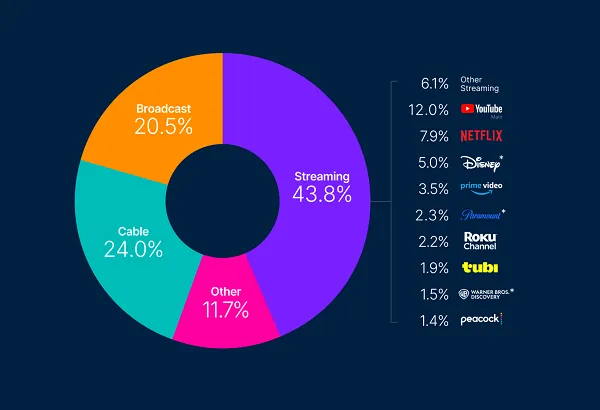






![31 Top Social Media Platforms in 2025 [+ Marketing Tips]](https://static.semrush.com/blog/uploads/media/0b/40/0b40fe7015c46ea017490203e239364a/most-popular-social-media-platforms.svg)













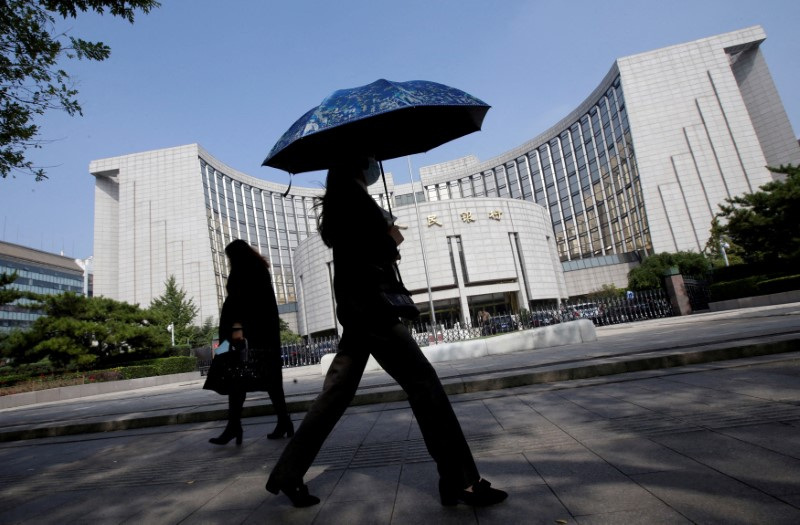

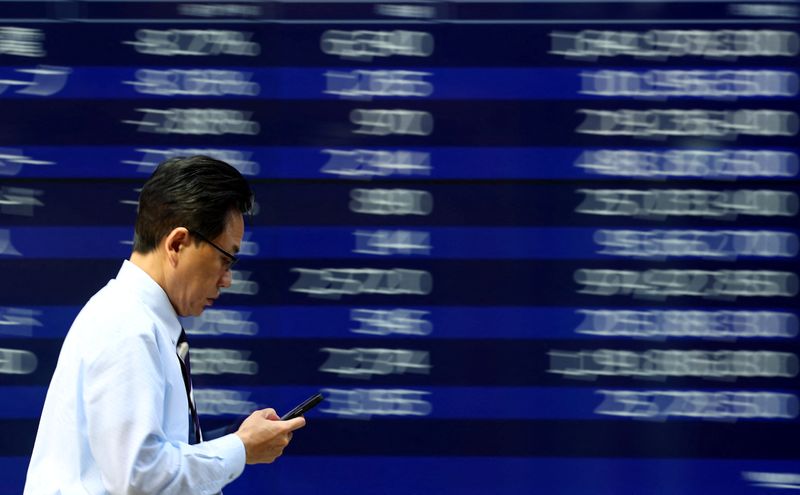



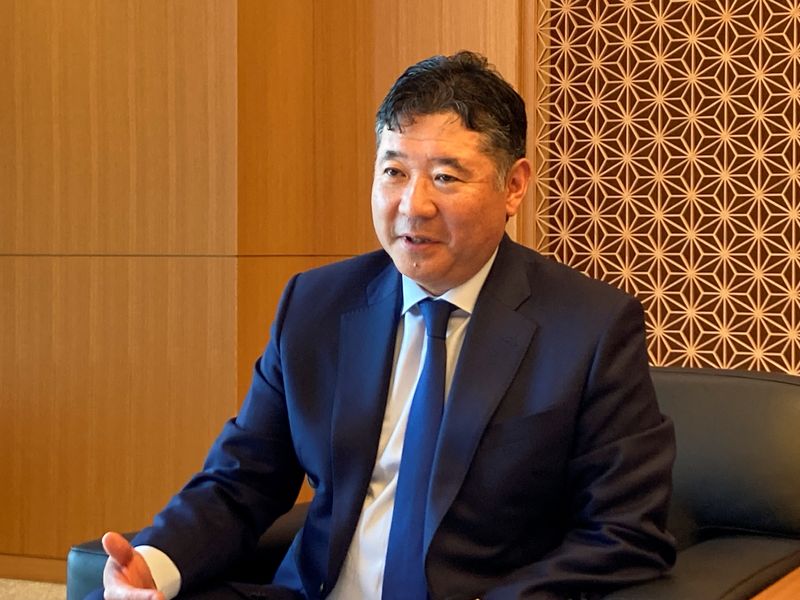











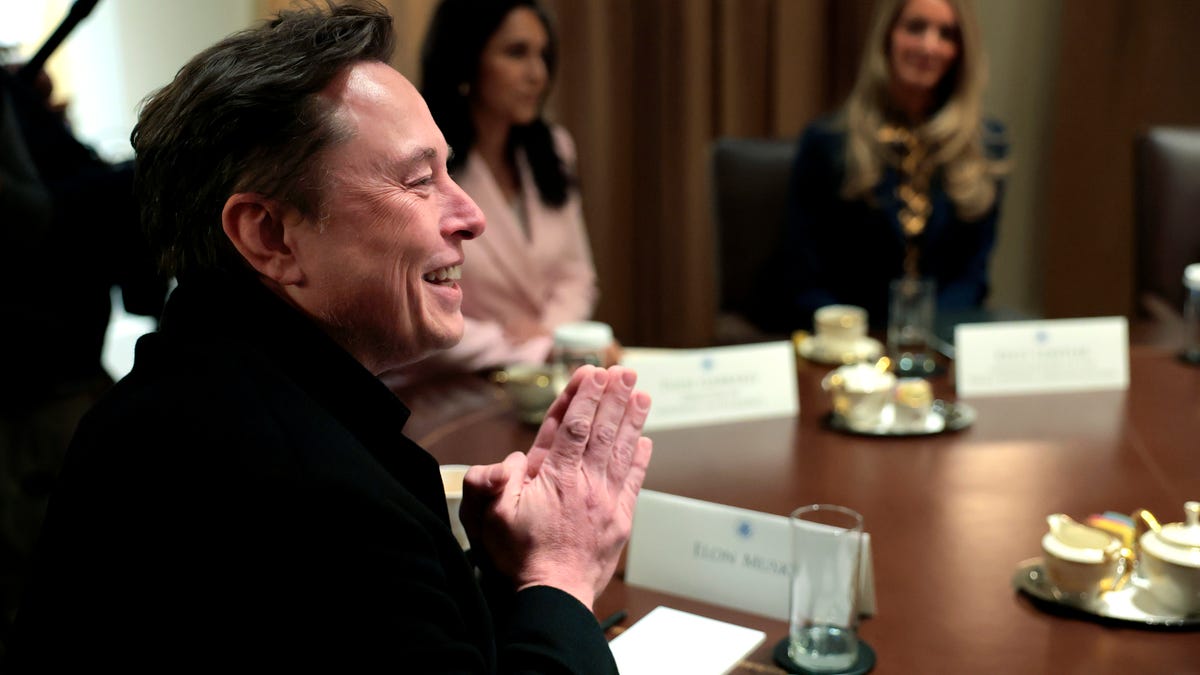




































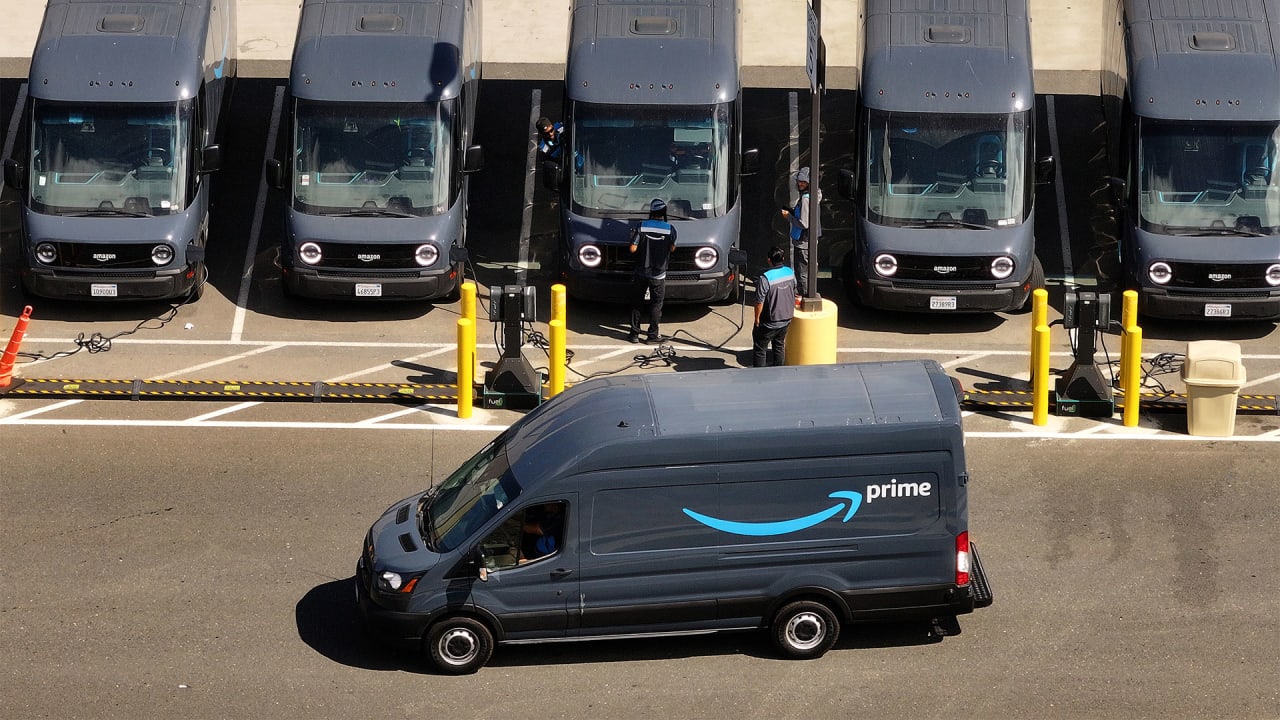


























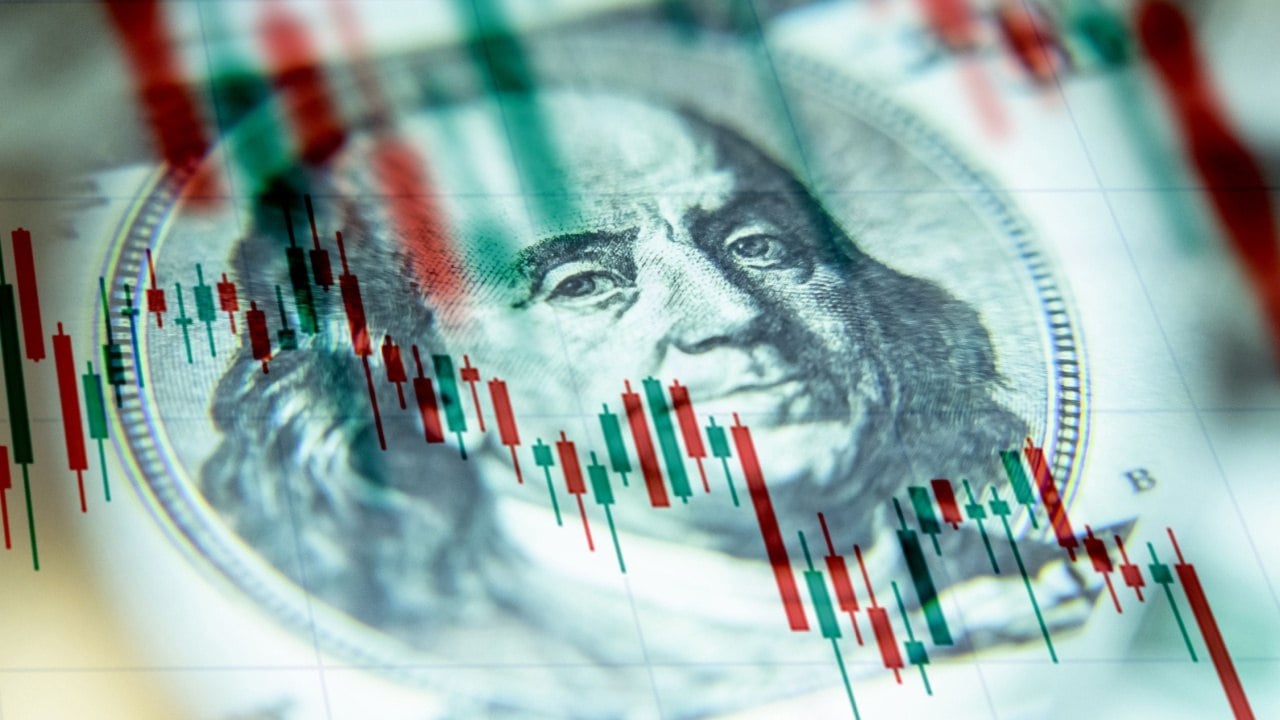














































































![How to Find Low-Competition Keywords with Semrush [Super Easy]](https://static.semrush.com/blog/uploads/media/73/62/7362f16fb9e460b6d58ccc09b4a048b6/how-to-find-low-competition-keywords-sm.png)